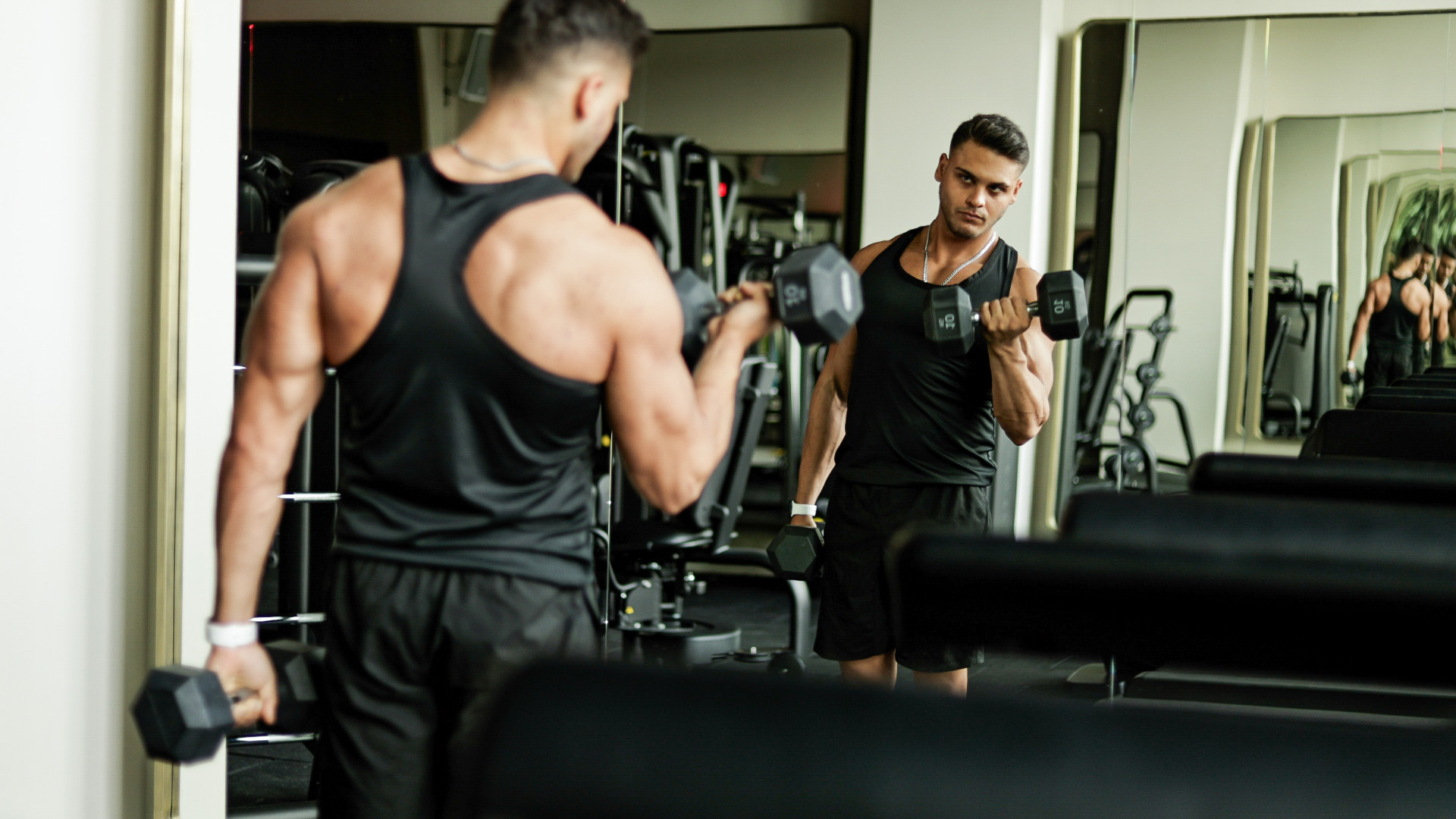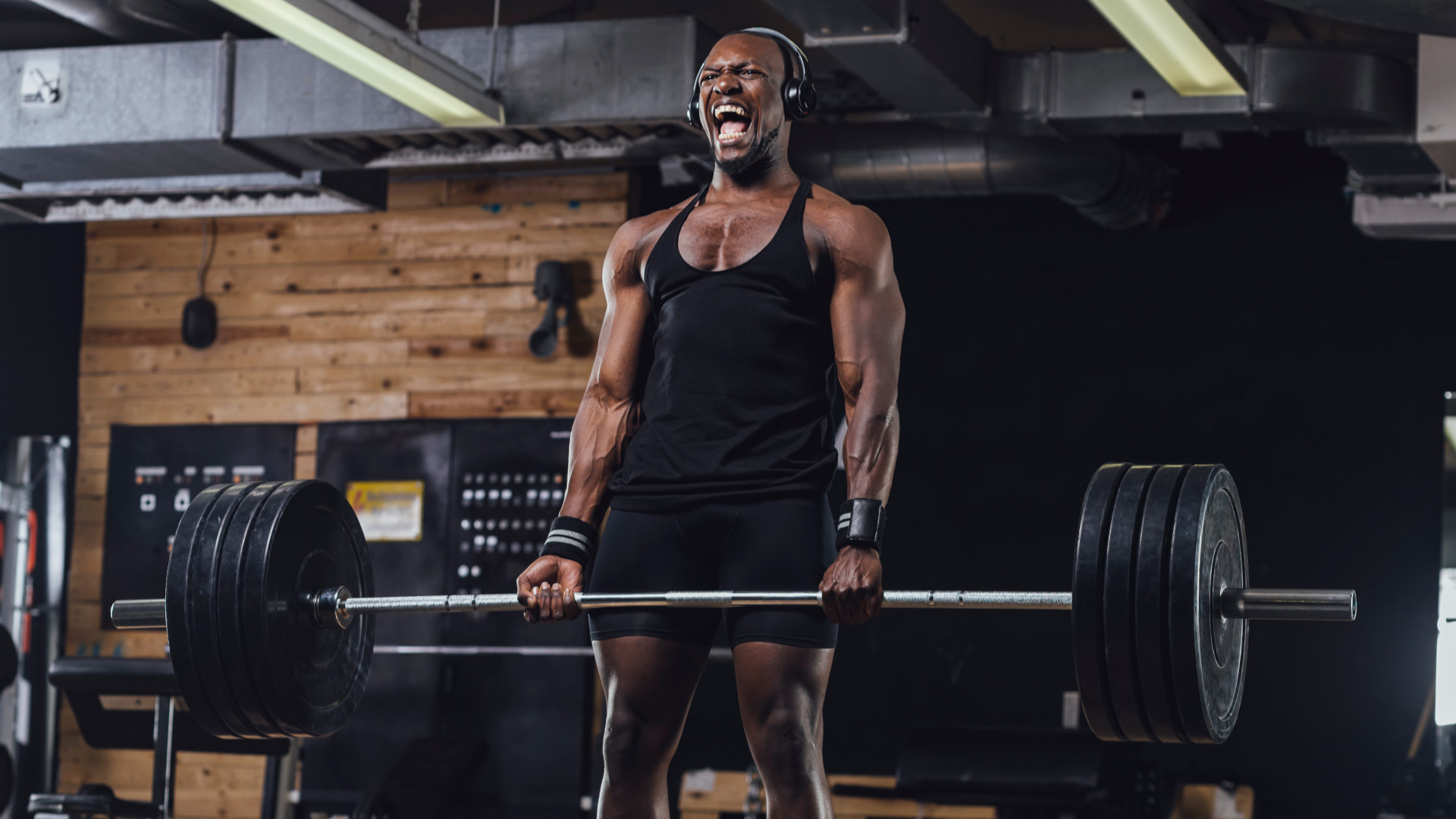High reps light weight vs low reps heavy weight: which is best for muscle growth?
An expert sheds some light on which reps to go for


Step foot in the gym and you'll likely spot two types of lifters: one busting out endless reps with lighter weights, and another lifting heavy loads for considerably less reps. Both have equally impressive physiques, but does one promise more muscle gains than the other?
While both training styles can lead to muscle growth and increased strength, they impact muscle development differently. Below, with the help of an expert, we explore whether one is better suited to your goals.
Do high reps and low weight build muscle?
Yes – you absolutely can build muscle by reaching for a lighter pair of dumbbells and performing more reps. “It can stimulate just as much muscle growth as fewer reps with heavy weights, provided you're working at a similar level of effort and pushing close to failure,” explains Steve Chambers, Personal Trainer and Gym Manager at Ultimate Performance.
By “pushing close to failure” Steve is referring to either muscular failure – when you can no longer push the weight for an extra rep – or technical failure – when you’re too fatigued to complete another rep without your technique breaking down.
“If you stop well short of failure – for example, you know you’ve got at least two to eight more reps in the tank on your final set – it simply will not be challenging enough to stimulate muscle growth,” he says.
"But, when lighter loads are taken to the point where you physically cannot perform another rep without your technique completely collapsing because the target muscle is on fire, then that can activate the same muscle-building process as heavier weights with lower reps.”

Using lighter loads and performing more reps also offers other benefits; it’s less taxing on your joints and nervous system – making recovery easier – and it can help you accumulate more volume, more quickly.
Get all the latest news, reviews, deals and buying guides on gorgeous tech, home and active products from the T3 experts
“For beginners or gym goers with very limited experience, moderate to high rep ranges with lighter loads are also ideal because it can help develop safe movement patterns by focusing on perfect form, setting a platform from which they can build greater volume and minimise injury risk,” Steve says.
The most important thing to remember if you are using lighter loads, according to Steve, is maximum intensity. “If you're using light weights and stopping long before fatigue sets in, you’re unlikely to see much muscle growth. Like heavy lifting, effort and progressive overload are essential, so don’t fall into the trap of thinking light weights means you can coast through a set.”
Do high reps and low weight build muscle?

Yes, you absolutely can also increase muscle mass using heavier loads and lower reps. “This type of training helps the body become more efficient at activating your fast-twitch muscle fibres, which are the ones most responsible for explosive strength and muscular size,” Steve explains.
A study published in the Journal of Strength and Conditioning Research supports this idea. Researchers compared two groups of lifters training to failure – one using high reps with lighter weights, the other using low reps with heavier loads. The results? Both groups saw similar gains in muscle size. Although, when it came to building maximal strength, the low-rep, heavy-weight group had the clear advantage. If you’re therefore looking to build maximal strength, this is your best bet.
Although, Steve does caveat there are trade offs to training in this way: “Heavy lifting places more stress on the joints and the nervous system, which increases the demands on your recovery, and will also requires longer rest periods between sets - typically 3 to 5 minutes - reducing the total number of reps and sets you can complete in a given session.” Plus, those who aren't experienced lifters may be at a higher risk of their form breaking down, increasing the likelihood of injury.
The verdict: is one better for muscle growth?
No – whether you want to lift heavier weights with lower reps, or lighter weights for more reps, you can still successfully build muscle doing either. The most important thing is about lifting close to failure.
“For anyone deliberating between high reps/low weights or low reps/high weights, the most important thing to consider is that the real key to building muscle is the intensity with which you train, how well you execute each movement, and your diet,” says Steve.
Also, don’t forget, if you want to focus more on strength, as well as muscle, then you’re better off lifting heavier loads. However, studies have shown that you don’t need to go all out to failure, as that would also be a one-way ticket to overtraining.

Bryony’s T3’s official ‘gym-bunny’ and Active Staff Writer, covering all things fitness. She is a certified personal trainer and also a part-time fitness instructor. In her spare time, you will find her in her natural habitat - the gym - where her style of training is a hybrid of bodybuilding and powerlifting. Bryony loves writing about accessible workouts, nutrition and testing innovative fitness products that help you reach your fitness goals and take your training to the next level.
You must confirm your public display name before commenting
Please logout and then login again, you will then be prompted to enter your display name.